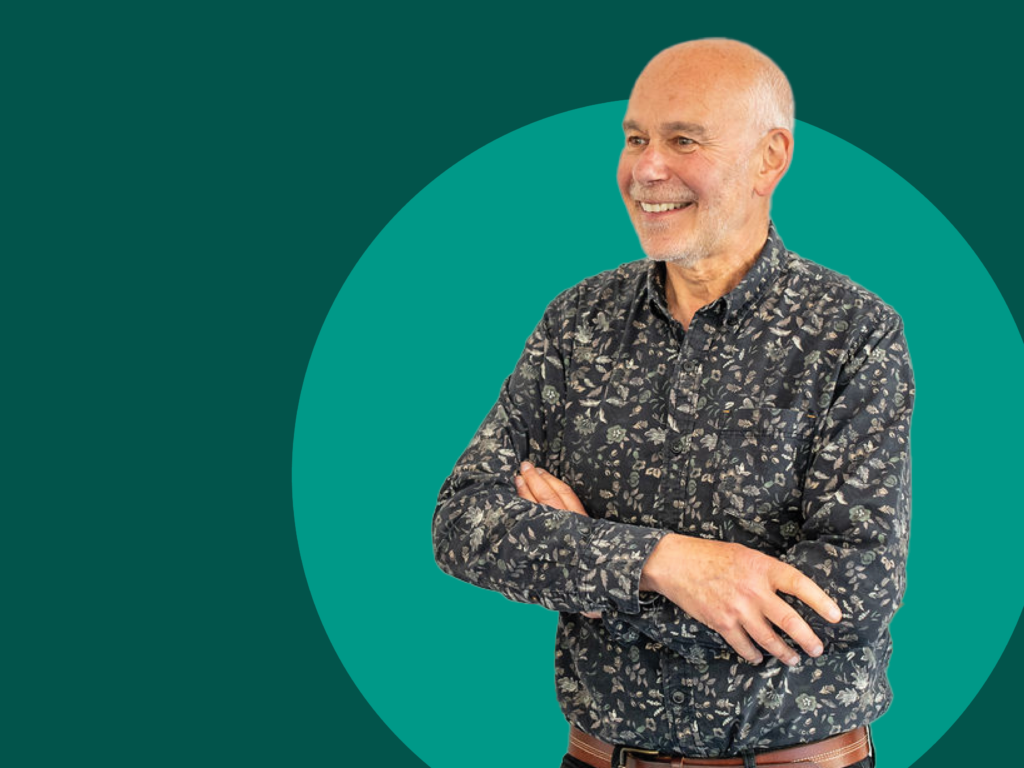
By Philip Rodney, Senior Adviser, Saxton Bampfylde
Forgive me if you already know the story of The Beatles’ Now and Then, their ‘last-ever’ single. The song was recorded as a demo by John Lennon in 1977 in his apartment at the Dakota in New York City. The tape was gifted to the then remaining Fab Three in 1994 by Yoko Ono.
The take featured Lennon’s vocals and piano mashed together in an unlistenable sonic soup and the recording remained on the shelf gathering dust for decades. Nearly 30 years on, the track topped the singles chart.
This treasure would not have seen the light of day had it not been for artificial intelligence. Breakthrough technology and machine learning was used to separate out the vocals on the original tape and add contributions by the other members of the group (dead and alive) together with orchestration.
The result is a polished gem of a track. While the solution was undoubtedly technology driven, the original creativity was very human – that of Lennon, supplemented decades later by the combined genius of Paul McCartney, Giles Martin and, of course, let’s not forget Ringo.
As we try to anticipate what the impact of regenerative AI will be on legal practice going forward, it’s worth reflecting on the creative relationship between human and machine employed on the record.
There has been a frenzy of speculation as to AI’s likely effect on the legal profession. Will the law firm as we know it cease to exist with everyone instead plugging into all-knowing lawbots? Or, should we just hide under the duvet and hope that all this nightmarish nonsense goes away?
To have any chance of making an accurate prediction, one has to look at the data. Ian Stewart, the chief economist at Deloitte, recently examined the historical impact of technology on the labour market.
The world has changed dramatically since the start of the century as a result of smartphones, cloud computing and AI. Technology has become more capable and pervasive. It may then come as a surprise that the number of people employed in what might be thought to be vulnerable areas has in fact increased.
Between 2008 and 2018, a range of occupations thought to be at risk of replacement by technology actually witnessed strong job growth in the UK.
Among them, the number of legal professionals expanded by 28 per cent compared with an overall national average increase of 17 per cent. Why so? Technology has seen dramatic changes both in the way lawyers work and the type of work they do.
Much of the drudgery has been removed with processes such as the creation of standard form contracts, document discovery in litigation and due diligence now carried out electronically. Simultaneously, the issues requiring legal input have increased exponentially, both in terms of range and complexity. Lawyers have been liberated from repetitive chores to focus instead on more creative tasks.
There can be no doubt that every law firm will need to embrace AI. The challenge will be knowing not only what to build and what to buy, but also when to do so. There will be the inevitable rush to be first to market. Hindsight has taught us that first is not always best, but that last rarely wins.
And while we will need to learn to live with artificial intelligence, perhaps it will have to learn to live with us too. In her book Robot Souls, Eve Poole observes that “what makes humans distinctive seems to be all the junk code that has been kept away from AI, because we did not want to sully it.” In her view, if we do not equip robots with our own human programming, we may spawn a race of psychopaths.
The delivery of legal advice requires a robust analysis overlaying the law on the facts. Of course, AI will help us to do that. But while machines may be smarter than us, I doubt they will ever be as canny.
At the recent Bletchley Summit, Elon Musk predicted that AI would eventually replace all forms of human labour. While I can’t speak more generally, I am confident that as long as humanity continues to exist, there will always be room for lawyers … and The Beatles.
Philip Rodney is a Senior Advisor at Saxton Bampfylde.
This article was featured in The Business Magazine, for The Sunday Times Scotland, December 2023